RIPE Atlas was used to perform IPv6 reachability testing before and during the World IPv6 Launch. One success story and the usage statistics lead us to the conclusion that this feature needs to remain available even after the "launch" is over.
For World IPv6 Launch, we enabled usage of RIPE Atlas for all RIPE NCC members to perform IPv6 reachability testing .
This feature is a subset of RIPE Atlas User Defined Measurements , and performs traceroute6 from all IPv6 capable RIPE Atlas probes to a target specified by the user.
There was much interest in such a functionality, both because of its simplicity and its very broad coverage. More than 600 probes from over 100 networks (ASNs) were used for the measurements.
Figure 1: IPv6 Promotion During World IPv6 Launch
Web Optimisation as a Use Case
Hossein Lotfi, Web Performance Engineer from EdgeCast Networks, Inc., allowed us to publish his example to illustrate one possible usage of RIPE Atlas measurements for IPv6 reachability testing. This is his story:
As one of the top content delivery networks, EdgeCast is preparing to turn on IPv6 on World IPv6 Launch. EdgeCast is using RIPE Atlas as one of several route optimization and reachability test tools.
While other measurement tools focus on actual user experience in data transfer over IPv6, EdgeCast is using RIPE Atlas to perform world-wide traces to measure round-trip times and other route measurements.
Using the raw data collected from the probes, we modeled to see if IPv6 traffic is going to the right POP and were able to identify networks that were not taking the optimum routes.
The graph below was generated from RIPE Atlas raw data. It represents a worldwide trace to a subset of our POPs, and we modeled where each country goes. Line width indicates the normalized round trip time.
Using this dataset, we identified routes that can be optimized and can be sent to other POPs with much better response times.
We also have identified routes that can be optimized by changing the transit provider for the same POP.
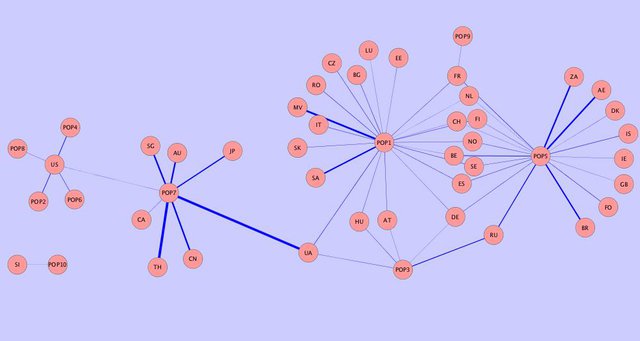
Figure 2: Worldwide trace to a subset of POPs
Usage Statistics
Below you can find some numbers to show the usage of this feature since it has been released (thanks to Andreas Strikos, RIPE Atlas developer):
- 104 LIRs participated within a month (three weeks before and one week after World IPv6 Launch)
- Slightly more than 200 measurements were performed
- Highest number of measurements were performed from the Netherlands, UK and US
Conclusion
From the feedback we received and also looking at how many people used the IPv6 reachability test , we can conclude that such topical measurements are a good way to enable more membership-specific features in RIPE Atlas.
Please note that this feature is not limited to "World IPv6 Launch" - it is still enabled and available to all RIPE NCC members: if you are logged-in in RIPE Atlas, click on "Test IPv6", or follow this link: https://atlas.ripe.net/atlas/ipv6_traces.html.
We are working on adding interactive visualisation for traceroutes, and on a feature that allows you to download automatically generated further analysis of your measurement results - stay tuned!

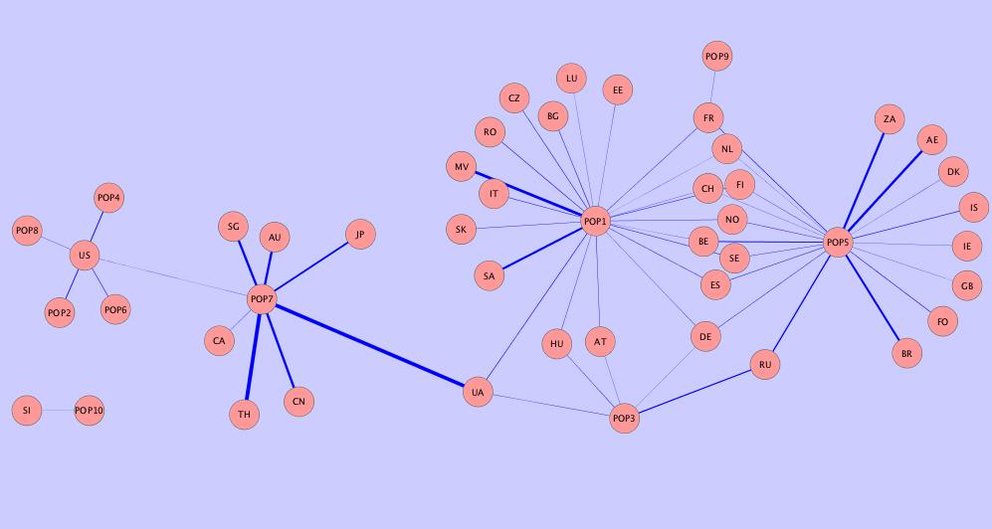
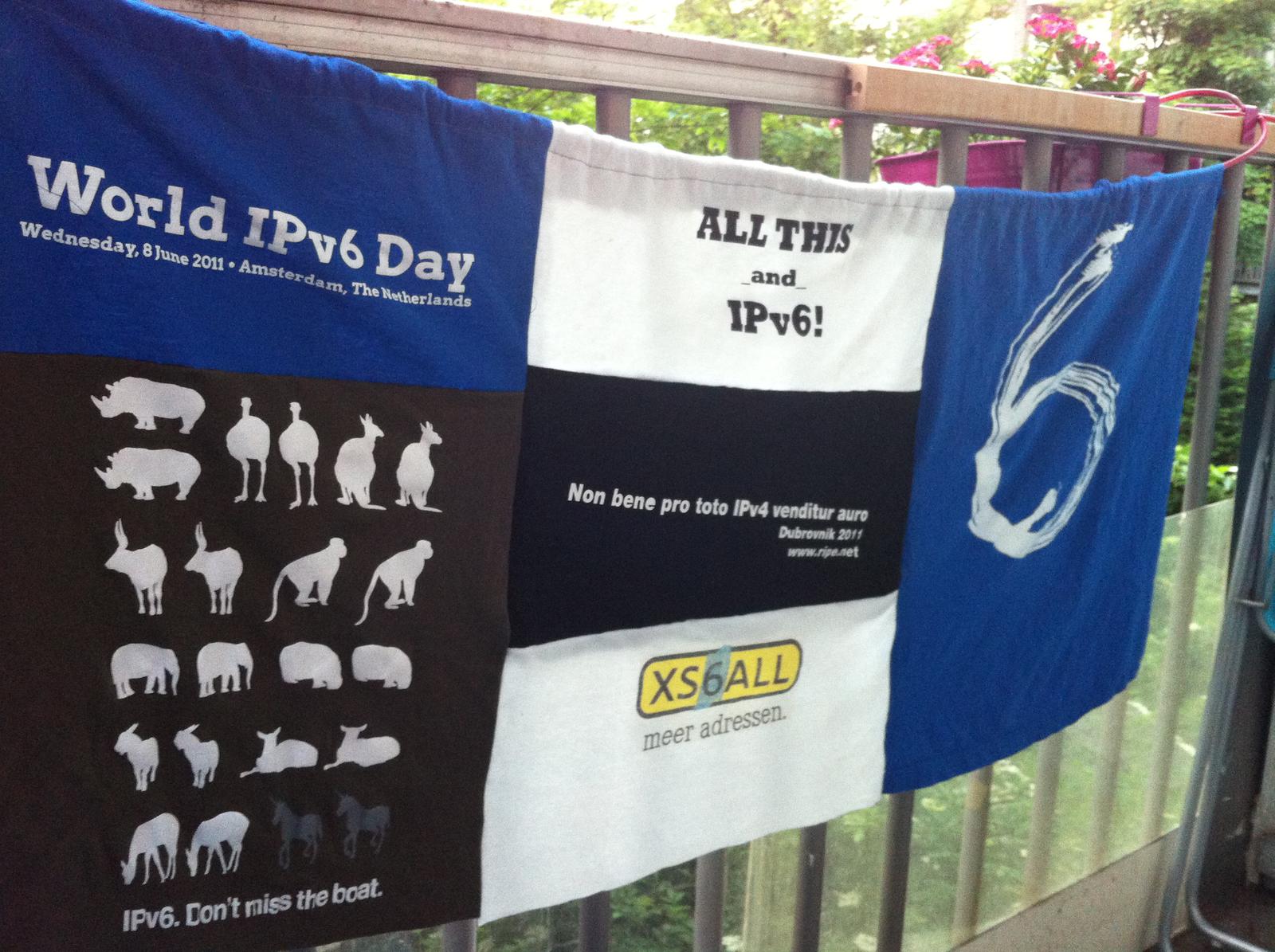
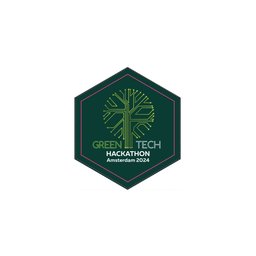
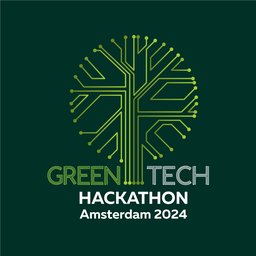
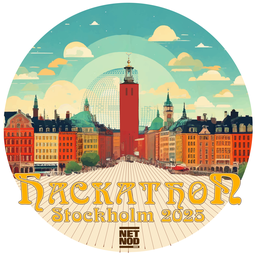
Comments 0
The comments section is closed for articles published more than a year ago. If you'd like to inform us of any issues, please contact us.